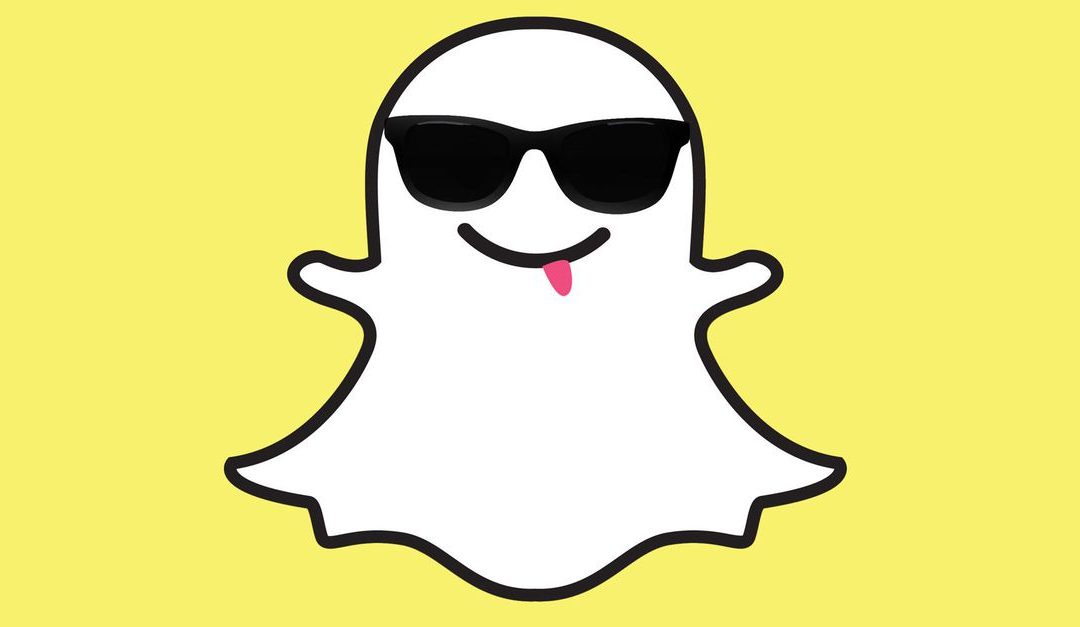I hated Snapchat when I first heard about it. I didn’t understand. Furthermore, I couldn’t believe Facebook offered to buy them for $4 billion, and they turned them down. The concept of pictures and media that disappear after a 10 seconds has creepy written all over it. Facebook has more members than China has people, but millennials are screaming Snapchat rules and using those crazy filters. Why?!
Snapchat recently launched an IPO (initial public offering) with a value of nearly $40 billion and stock that climbed nearly 20%. Will this small social media start up go the way of Facebook (defined business model and user base) or Twitter (popular business channel struggling to grow users)? Millennials are the largest users of Snapchat (nearly 33% in the US), but will their Snaps be enough to keep it going? Say it now: Snapchat Rules!
- Demographics – There are 115 MM Snapchat users, but that number is actually pretty compared to Facebook (1.7 billion) and Instagram (500 million). However, Snapchat is growing 10,000,000 users per month. Although it has a solid foothold with millennials and students (77% of college students), Snapchat needs to grow into other markets. Millennials have eyeballs, but they don’t have money to spend like large brands (e.g. – Proctor and Gamble, PepsiCo and Victoria’s Secret). Remember the three trends necessary to show a positive future:
- Broad demographic representation
- Solid revenue model (currently $0)
- Robust mobile model
LinkedIn Costs You $1.4 million / year
- Filters – Filters are a key value proposition for Snapchat. People take a picture and assign a filter (like a watermark) that shows the person with dog ears or devil horns. The power of the filter comes from companies designing filters for specific events. Users can then add, based on their location, filters for special events (e.g. – St. Louis Arch, Eiffel Tower, or eating a Taco Bell Doritos Locos Taco Supreme) or write on the image. Businesses and brands can buy filter for a day or time period. This is similar to the advertisement model Faceook uses…but much cooler.
- Stories – You know they are doing something well when large brands like NBC and Cosmopolitan want to be a part of Snapchat stories. It also helps that Instagram (i.e. – Facebook) copied this technique. “Snapchat stories” are photos or videos you add to your own feed that are visible by your friends. They are for 24 hours and can be viewed any number of times during that time. Then they disappear. Stories are a great way for brands to stay connected with customers.
- Snapchat Spectacles – What happened to Google glass? One minute it’s in the news, and the next minute they are getting people kicked out of bars. Snapchat Spectacles launched in a few markets, and they are purchased from vending machines or online (US only – $129.95). Users take snaps (photos and videos) and immediately post them to their stories. It sees less “creepy” because the audience knows the snap is being taken. They are fun looking sunglasses with a light in the front. Snapchat Spectacles are a simple concept that doesn’t try to do too much.
Why Donald Trump Wins Social Media
Social media is a finicky world. One day you are the prettiest girl in school, but the next day your name is MySpace or Friendster. Snapchat rules because it allows companies to be much more personal on social media. When people feel connected to their social media network, they stay on longer and give the channel what they crave – time and attention. Happy snapping!
Scientifically Speaking, of course…




